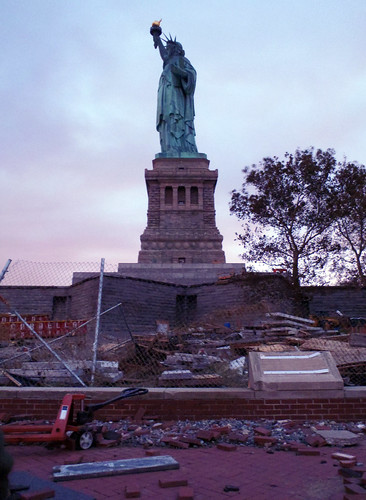I don't have to tell you immigration is a hot topic in America today. Congress has been debating a bill all summer it seems. Who is here legally? Who has rights? Who doesn't? Who will take jobs from Americans? What immigration regulations need to be tightened or changed?
Sounds right out of today's headlines, doesn't it? But these are questions debated during the time I set my novel,
Grace's Pictures.
Of course, the headlines weren't at all politically correct back then.
 |
| Harpers Illustration from 1898 |
And if you want to go further back in history you'll find those living in America discriminating against the new arrivals for as long as we've been recording our history.
There surely are important issues to settle. I'm not about to debate them here. But even so it never ceases to amaze me how history repeats itself. The above headline (or more accurately, sub headline) appeared in the
New York Times, December 23, 1901. In the article one of the points to be addressed by Congress was:
"To add to the present law whatever seems to be necessary to meet the advanced judgment of those who have been studying the immigration question carefully for the last quarter of a century."
 |
| Cartoon from 1928. |
It seems what was deemed necessary was to increase a "head tax" on aliens, triple it actually. They were concerned that the immigrations would become a burden, "criminals and paupers." Tracking these individuals would be costly, thus the need to tax them. Anyone with a contagious disease, the insane, anyone likely to become a public charge was to be deported. Likewise polygamists, anarchists, prostitutes and those bringing in prostitutes. In addition, anyone who was promised work in America
was to be deported. They could work after they got here, but no one needing labor was to look for it outside of the US instead of employing Americans already here. Interesting, huh? There were exclusions for musicians, actors, ministers, or those to be employed in domestic service. It's getting really complicated, isn't it?
The article writer concludes that those who have examined this new bill claim it is "quite up to date, that it is built intelligently on the experience of those who have been administering the immigration laws for years, and that it does justice to all interests which it affects."
Well, we can only hope our officials will keep this in mind today.


















